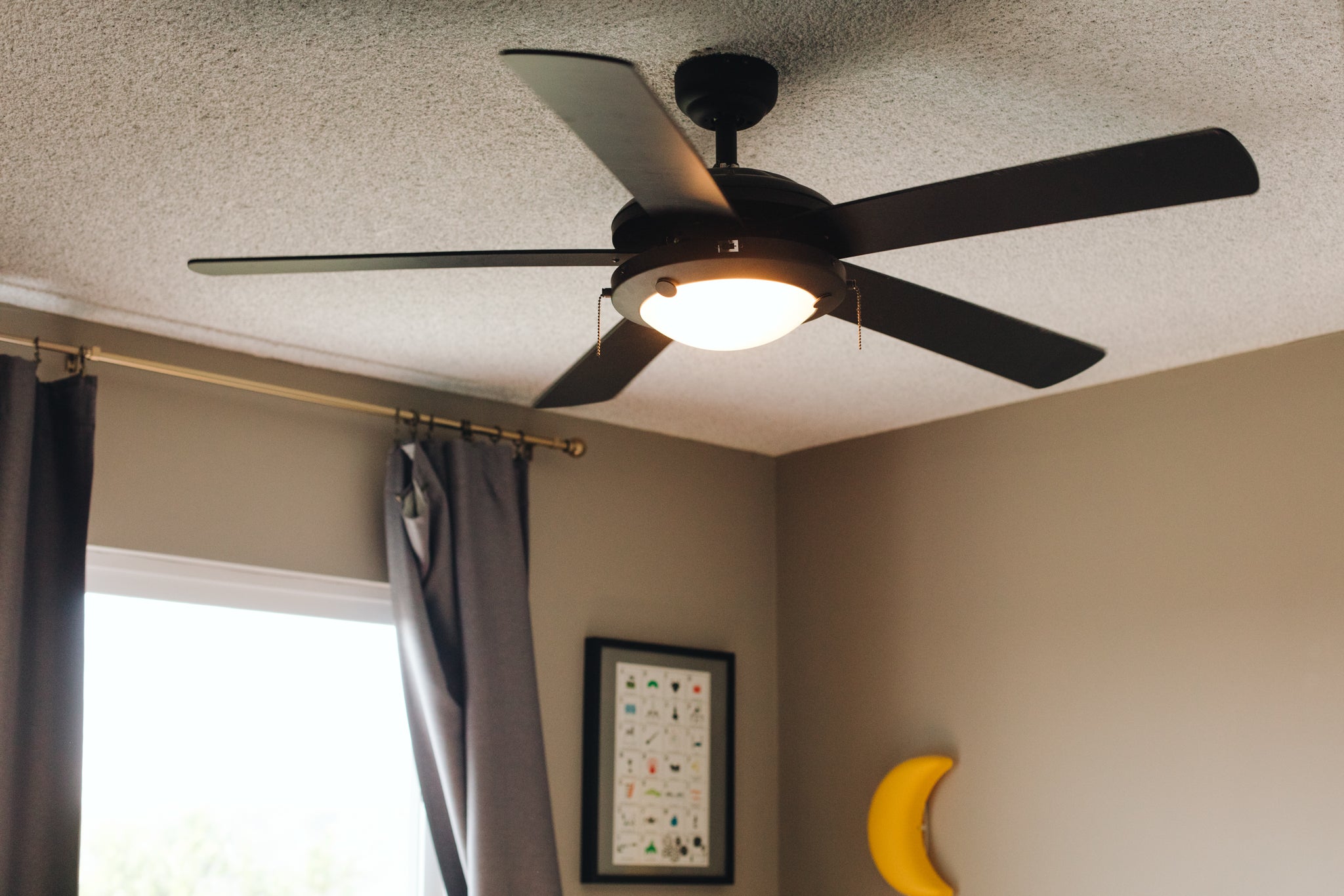

Articles
Which Way Does A Ceiling Fan Go In Summer
Modified: April 23, 2024
Learn the correct direction for your ceiling fan in the summer to stay cool and save energy. Read our informative articles for guidance and tips on maximizing comfort.
(Many of the links in this article redirect to a specific reviewed product. Your purchase of these products through affiliate links helps to generate commission for Storables.com, at no extra cost. Learn more)
Introduction
When it comes to beating the summer heat, a ceiling fan can be a lifesaver. Not only does it provide a cooling breeze, but it also adds a touch of elegance and style to any room. However, did you know that the direction in which your ceiling fan spins can have a significant impact on its cooling effectiveness?
Understanding the proper direction for your ceiling fan during the summer months is essential for maximizing its cooling benefits. By ensuring that your ceiling fan is rotating in the correct direction, you can create a more comfortable and energy-efficient environment in your home.
In this article, we will delve into the concept of ceiling fan direction in the summer and discuss the various benefits it offers. We will also explore how to determine the correct direction for your ceiling fan and debunk some common myths associated with its rotation during the summer months.
So, if you’re ready to stay cool and comfortable this summer, let’s dive into the world of ceiling fan direction!
Key Takeaways:
- Stay cool and save energy by setting your ceiling fan to rotate in a counterclockwise direction during the summer. This creates a refreshing breeze and reduces the strain on your air conditioning system, leading to energy savings and a more comfortable living space.
- Don’t fall for common myths about ceiling fan direction! Remember, ceiling fans don’t actually cool the room but create a cooling effect by circulating air. Adjust the fan speed based on comfort and room size, and don’t forget regular maintenance for optimal performance.
Understanding Ceiling Fan Direction
Before we can discuss the correct direction for a ceiling fan in the summer, it’s important to understand how ceiling fan direction works. Ceiling fans are designed to create airflow that circulates the air in a room, providing a cooling effect.
Ceiling fans typically have two settings: forward and reverse. The forward setting is used during the summer months, while the reverse setting is used during the winter. When the fan is set to forward, it rotates in a counterclockwise direction, pushing air downwards. This creates a breeze that helps to evaporate perspiration and makes you feel cooler.
On the other hand, when the fan is set to reverse, it rotates in a clockwise direction, pulling air upwards towards the ceiling. This helps to distribute warm air that tends to accumulate near the ceiling during the colder months, improving heating efficiency.
During the summer, it’s crucial to set your ceiling fan to rotate in the forward direction. This creates a wind-chill effect, making you feel cooler even without lowering the temperature in the room. By understanding the airflow patterns of a ceiling fan, you can ensure that you’re using it to its full potential during the hot summer months.
Next, let’s explore the benefits of having your ceiling fan set to the correct direction in the summer.
Benefits of Correct Ceiling Fan Direction in Summer
Setting your ceiling fan to the correct direction during the summer months offers several benefits that can greatly enhance your comfort and energy efficiency. Let’s take a closer look at some of these advantages:
1. Improved Cooling: When your ceiling fan is set to rotate in the forward direction, it creates a breeze that helps to evaporate perspiration from your skin, making you feel cooler. This cooling effect can make a significant difference, especially on hot and humid days.
2. Energy Efficiency: By using a ceiling fan in conjunction with your air conditioning system, you can reduce your reliance on the AC unit alone. Ceiling fans consume much less energy than air conditioners, so running them together can help lower your energy bills while still keeping you comfortable.
3. Better Air Circulation: Ceiling fans effectively circulate the air in a room, preventing stagnant air from accumulating. This can help distribute the cool air generated by your AC more evenly throughout the space, avoiding hot spots and improving overall air circulation.
4. Reduced Strain on Air Conditioner: When your ceiling fan is running in the correct direction, it helps cool the room by creating a wind-chill effect. This allows you to set your thermostat a few degrees higher without sacrificing comfort, reducing the workload on your air conditioning system and potentially extending its lifespan.
5. Flexibility in Temperature Settings: With a properly functioning ceiling fan, you can raise the temperature setting on your AC unit without sacrificing comfort. This is because the breeze created by the fan makes the room feel cooler, even at a slightly higher temperature. By utilizing both the fan and AC, you can find the perfect balance between comfort and energy savings.
6. Environmental Benefits: Reduced energy consumption means a lower carbon footprint. By using your ceiling fan effectively during the summer, you are contributing to a more sustainable environment by conserving energy resources and reducing greenhouse gas emissions.
By understanding and utilizing the correct ceiling fan direction in the summer, you can enjoy these benefits while creating a comfortable living space. Now, let’s explore how to determine the correct direction for your ceiling fan during the summer months.
How to Determine the Correct Ceiling Fan Direction in Summer
Determining the correct direction for your ceiling fan during the summer is crucial for maximizing its cooling benefits. Fortunately, identifying the correct direction is a simple process. Follow these steps to ensure your ceiling fan is rotating in the right direction:
1. Turn off the fan: Before making any adjustments, make sure the ceiling fan is turned off. This will prevent any accidents or injuries while you are working on it.
2. Observe the blades: Take a close look at the blades of your ceiling fan. Most ceiling fans have a small switch located on the motor housing, near the base of the fan. This switch controls the fan’s direction.
3. Switch the direction: Locate the switch and toggle it to change the direction of the fan. For the summer months, you want the fan to rotate in a counterclockwise direction (forward setting) when you are looking up at it. This will ensure that the fan is pushing air downward, creating a cooling breeze.
4. Turn on the fan: Once you have switched the direction, it’s time to turn the fan back on. You should immediately feel a cooling breeze as the fan begins to rotate in the forward direction.
It’s important to note that not all ceiling fans have a direction switch. In such cases, you can refer to the fan’s instruction manual or contact the manufacturer for guidance on how to change the rotation direction.
By following these simple steps, you can easily determine and adjust the correct direction for your ceiling fan during the summer months. Now that you know how to set your ceiling fan correctly, let’s explore the common myths associated with ceiling fan direction in summer.
In the summer, a ceiling fan should rotate counterclockwise to create a breeze and make the room feel cooler. This can usually be adjusted using the switch on the fan.
Changing the Ceiling Fan Direction for Summer
Changing the direction of your ceiling fan for the summer is a straightforward process that can greatly enhance its cooling performance. By following these steps, you can ensure that your fan is rotating in the correct direction:
1. Turn off the fan: Before making any changes, switch off the ceiling fan to ensure safety during the process.
2. Locate the direction switch: Look for a small switch on the motor housing of your ceiling fan. This switch is usually located near the base of the fan or on the side of the motor housing. It controls the direction of the fan’s rotation.
3. Adjust the switch: Carefully toggle the direction switch to change the rotation direction of the fan. For the summer, you want the fan to rotate in a counterclockwise direction. This creates a cooling breeze by pushing air downwards.
4. Turn on the fan: After adjusting the switch, turn on the fan and observe its rotation. It should now be rotating in the correct forward direction for summer use. You should feel a gentle breeze as the fan circulates the air in the room.
It is important to note that the process of changing the ceiling fan direction may vary slightly depending on the specific model and brand. If you cannot locate the direction switch or are unsure about the correct procedure, refer to the fan’s instruction manual or contact the manufacturer for guidance.
By changing the direction of your ceiling fan, you can optimize its cooling capabilities for the summer season, creating a more comfortable environment in your home. Now, let’s address some common myths associated with ceiling fan direction in the summer months.
Common Myths About Ceiling Fan Direction in Summer
There are several misconceptions and myths surrounding the direction of ceiling fans in the summer. Let’s uncover some of these common myths and set the record straight:
1. “Ceiling fans cool the room”: While ceiling fans create a cooling effect, they do not actually lower the temperature of a room. The breeze generated by the fan makes you feel cooler by evaporating sweat from your skin, but it does not change the actual temperature. Remember that ceiling fans are meant to supplement air conditioning, not replace it.
2. “Ceiling fans should always be set to high speed”: The speed setting of your ceiling fan should be adjusted based on your comfort level and the size of the room. Setting the fan to a higher speed does not necessarily result in greater cooling; it may just create an uncomfortable draft. Experiment with different speeds to find the optimal balance for your needs.
3. “Ceiling fans are only for warm climates”: Ceiling fans are beneficial in both warm and cool climates. In warm climates, they provide a cooling breeze, while in cool climates, they help distribute warm air. Ceiling fans can be a valuable addition to homes regardless of the climate.
4. “Ceiling fans are only useful in large rooms”: Ceiling fans can be effective in rooms of all sizes. In smaller rooms, they may create a more noticeable airflow, while in larger rooms, they help circulate the air more evenly. Regardless of room size, using a ceiling fan in the correct direction can enhance comfort and energy efficiency.
5. “Ceiling fans should always be left on when you leave a room”: It is not necessary to keep the ceiling fan running in an empty room. The cooling effect of a ceiling fan is felt only when you are in the room, so there is no need to waste energy by leaving it on when it’s not needed.
6. “Ceiling fans don’t need regular maintenance”: Like any other appliance, ceiling fans require regular maintenance to function optimally. Dust and debris can accumulate on the blades over time, which can affect their efficiency and create noise. Regularly clean and inspect your ceiling fan to ensure it is working properly.
By dispelling these common myths, you can make informed decisions about the direction and usage of your ceiling fan during the summer months. Remember that the correct direction and proper maintenance are essential for maximizing the benefits of your ceiling fan.
Conclusion
When it comes to staying cool and comfortable during the summer, using a ceiling fan in the correct direction is key. By understanding the concept of ceiling fan direction and taking the necessary steps to ensure it is set correctly, you can maximize its cooling benefits and create a more enjoyable living environment.
Setting your ceiling fan to rotate in the forward direction during the summer allows you to enjoy the cooling breeze it generates. This breeze helps evaporate perspiration and makes you feel cooler without lowering the room’s temperature. Additionally, using a ceiling fan in conjunction with your air conditioning system can lead to energy savings and reduce strain on your AC unit.
Determining the correct ceiling fan direction is a simple process. Locate the direction switch on your fan and switch it to the forward (counterclockwise) position for summer use. Remember to turn off the fan before making any adjustments and observe the rotation direction after turning it back on.
It’s important to debunk some common myths associated with ceiling fan direction in summer. Ceiling fans don’t actually cool the room but create a cooling effect by circulating the air. The speed and size of the room should dictate the fan speed setting, and ceiling fans are useful in both warm and cool climates.
Lastly, don’t forget to perform regular maintenance on your ceiling fan to keep it in optimal working condition. Clean the blades regularly and address any issues promptly to ensure the fan functions efficiently and quietly.
In conclusion, understanding and utilizing the correct ceiling fan direction in summer can greatly improve your comfort, energy efficiency, and overall enjoyment of your living space. So, take the time to adjust your ceiling fan, sit back, and enjoy the refreshing breeze it provides during those hot summer days.
Frequently Asked Questions about Which Way Does A Ceiling Fan Go In Summer
Was this page helpful?
At Storables.com, we guarantee accurate and reliable information. Our content, validated by Expert Board Contributors, is crafted following stringent Editorial Policies. We're committed to providing you with well-researched, expert-backed insights for all your informational needs.
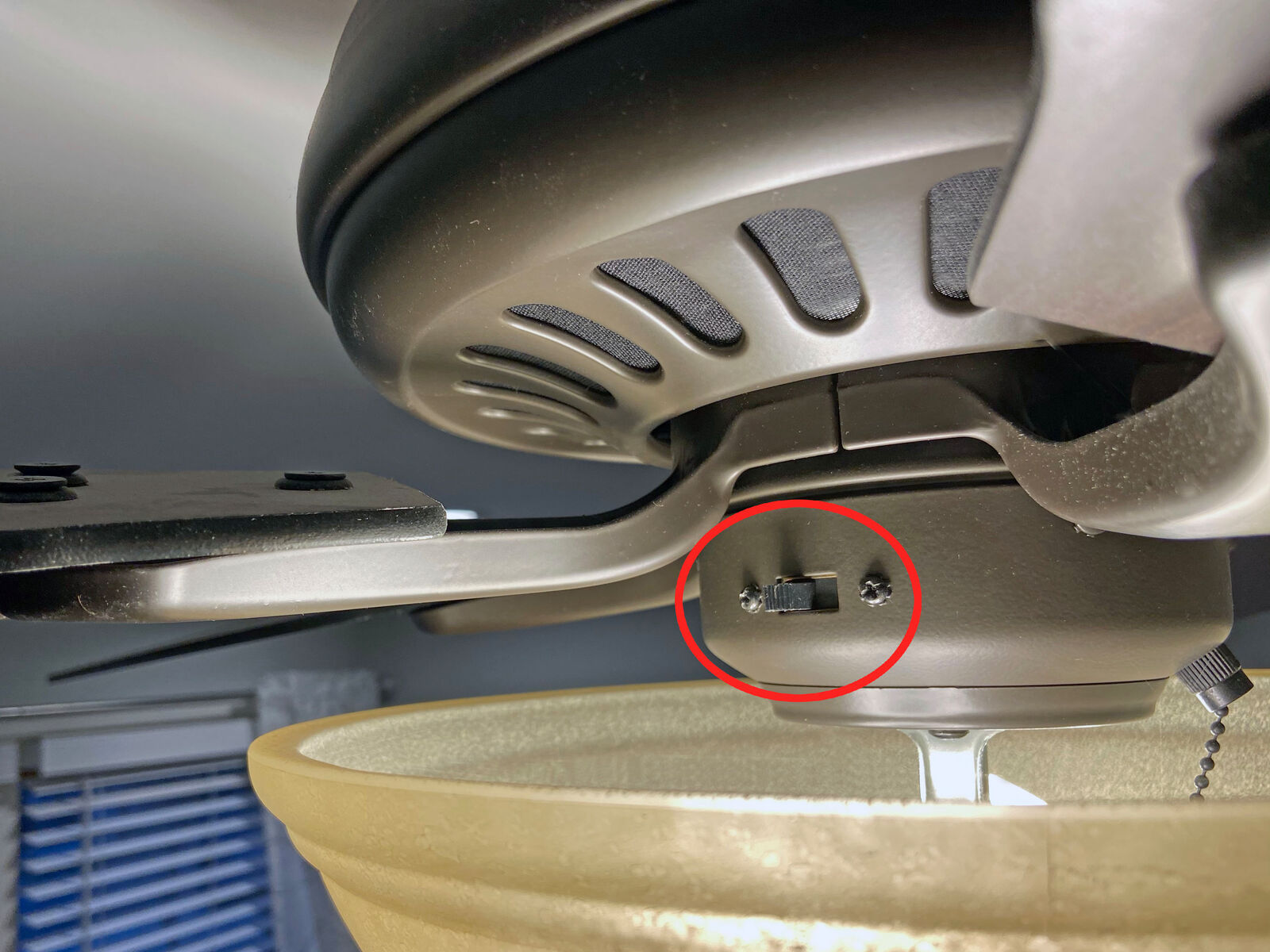
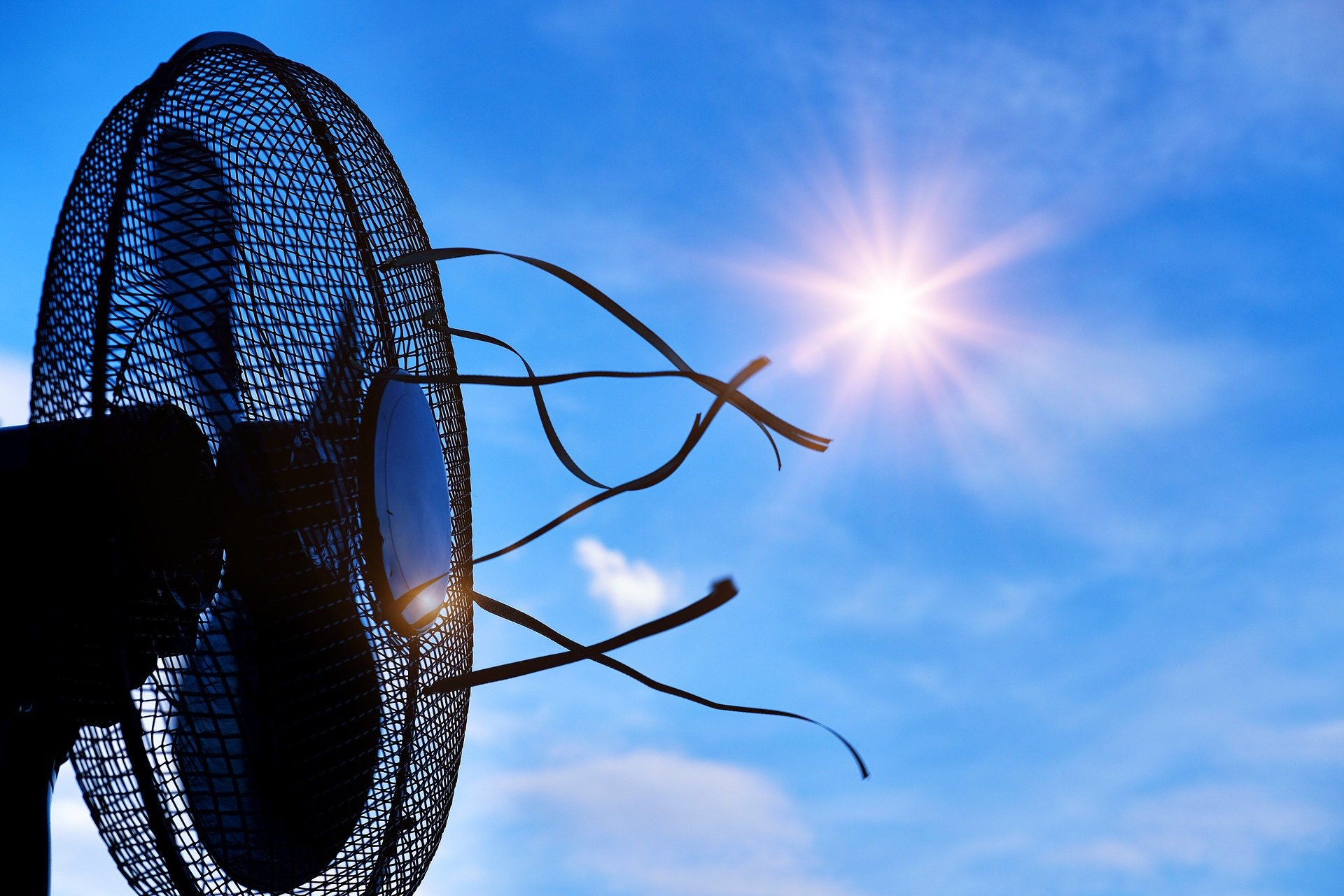
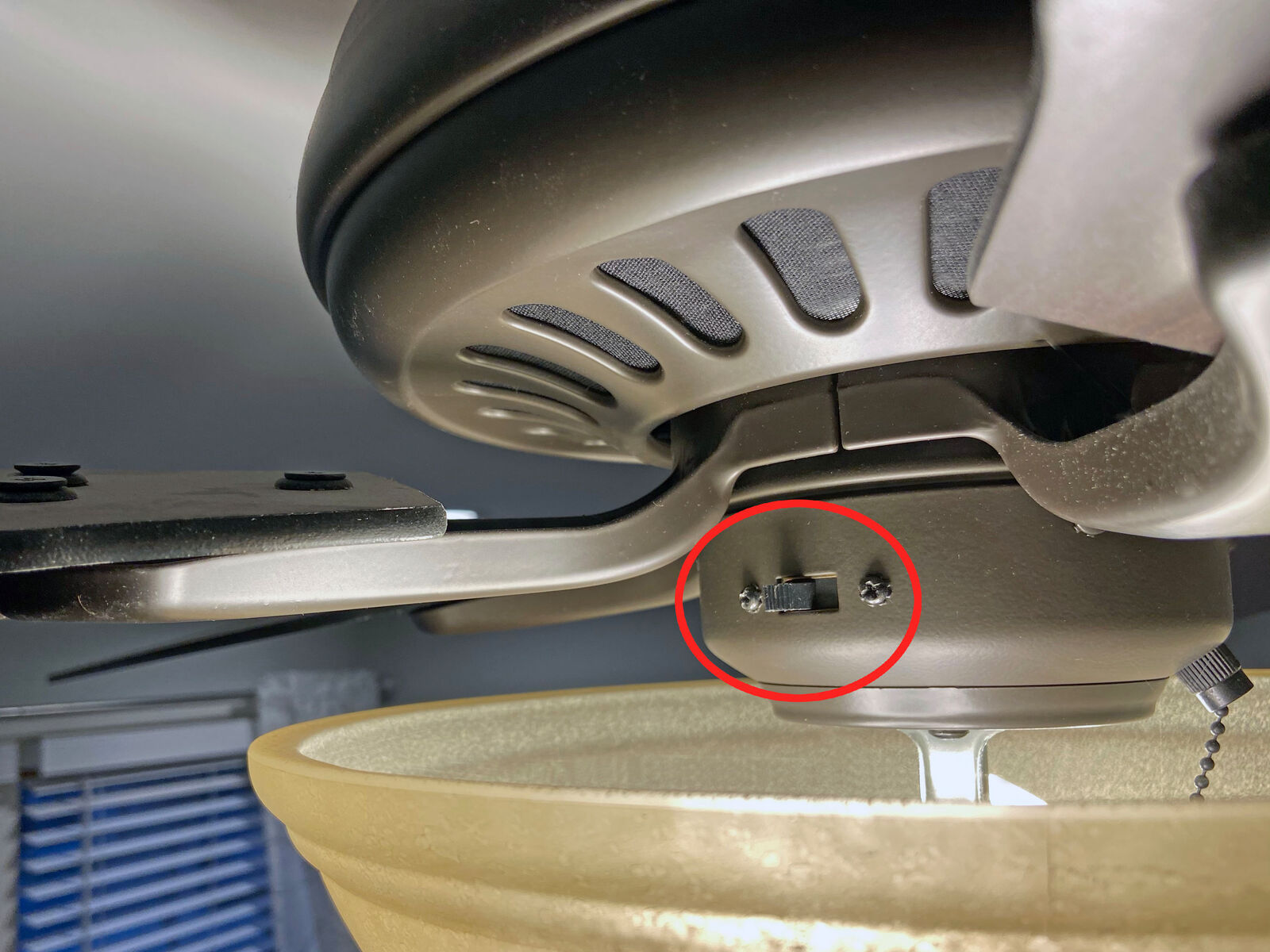
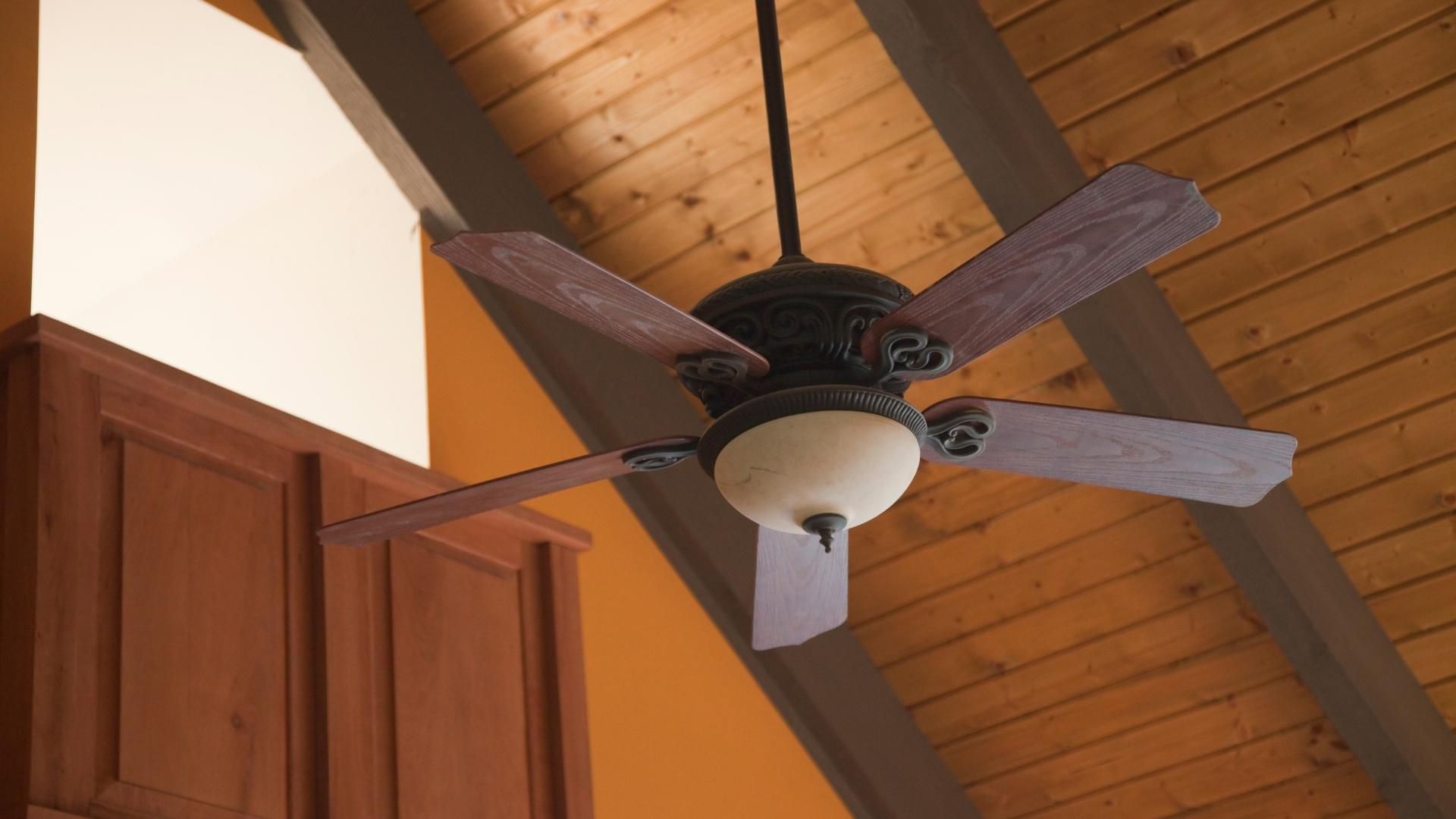
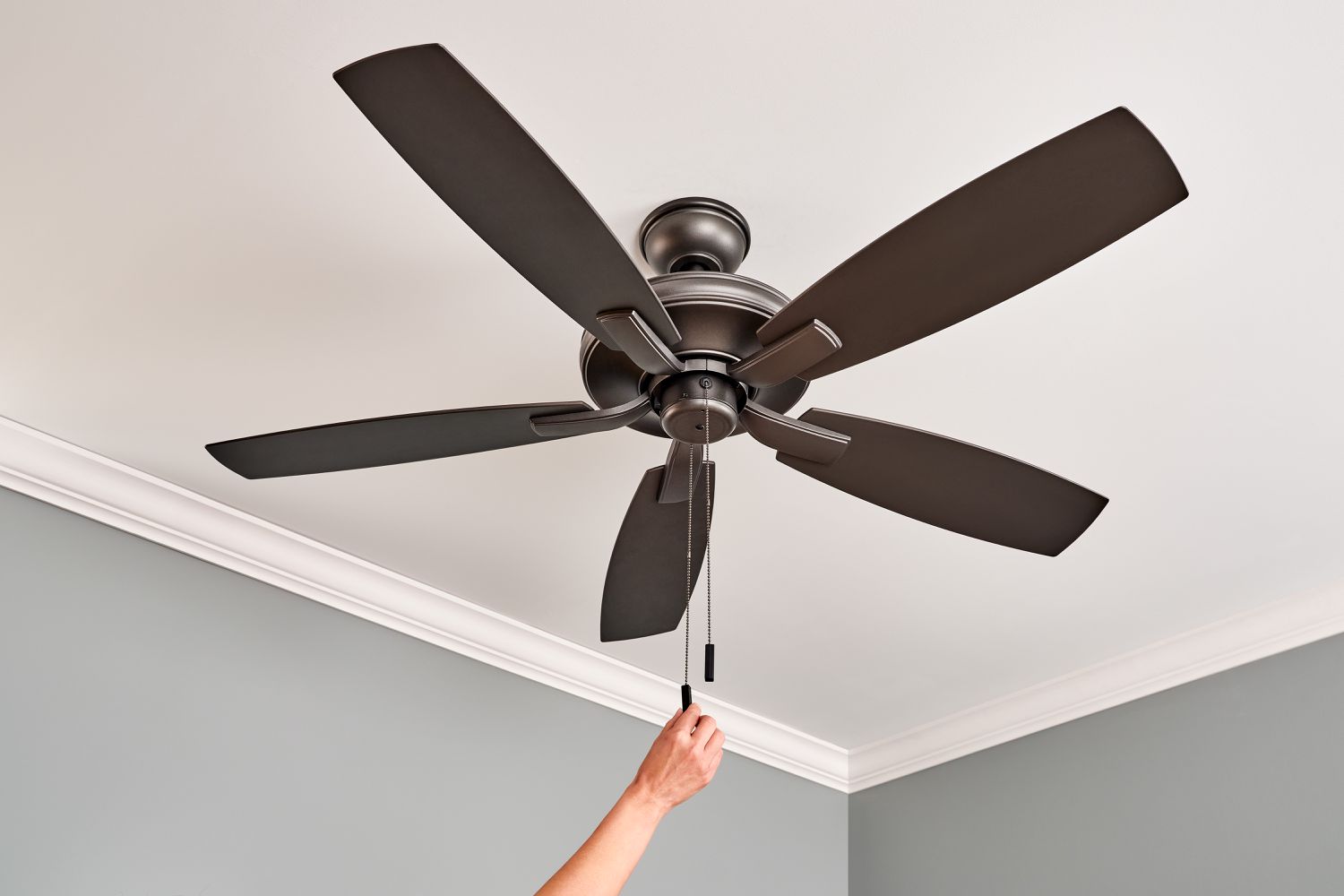
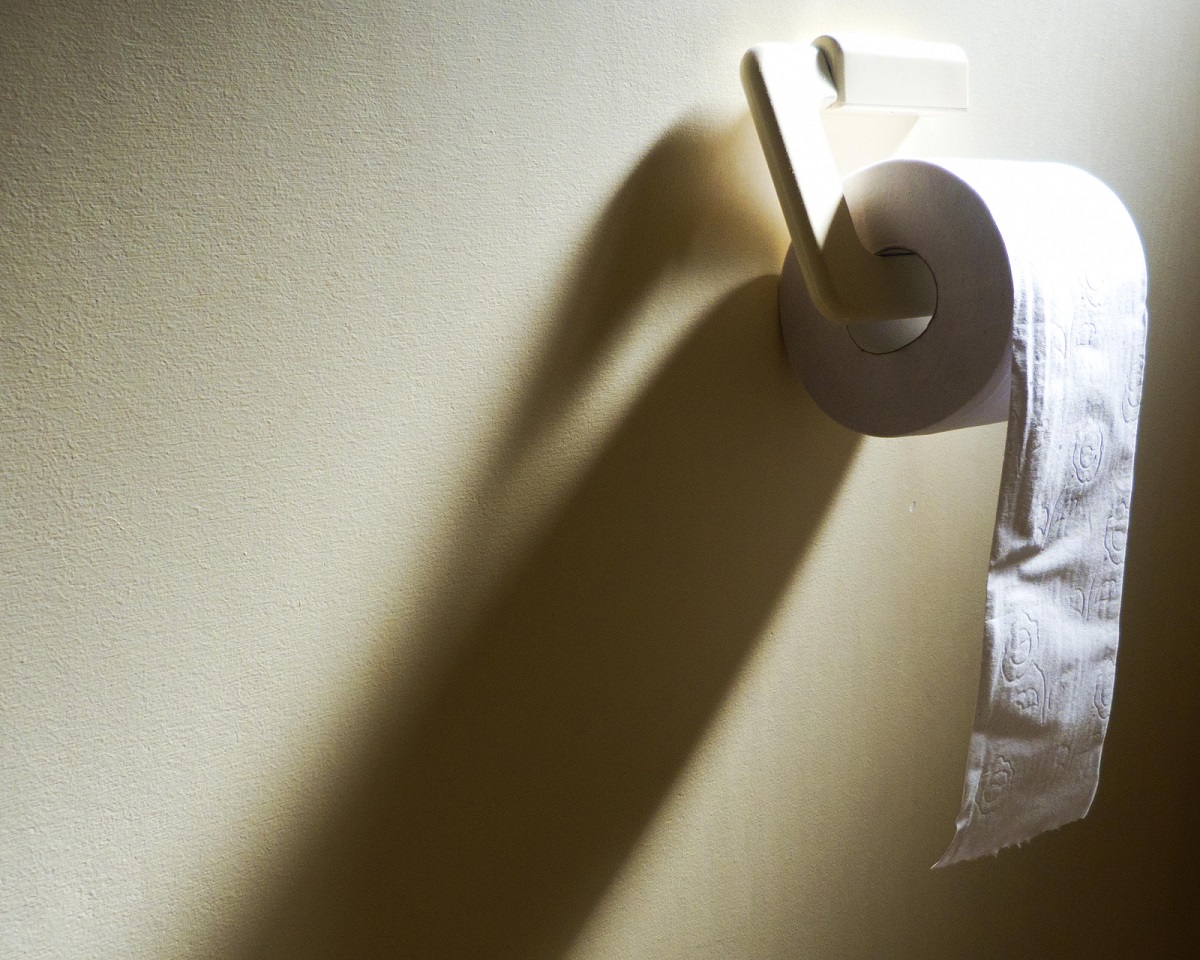
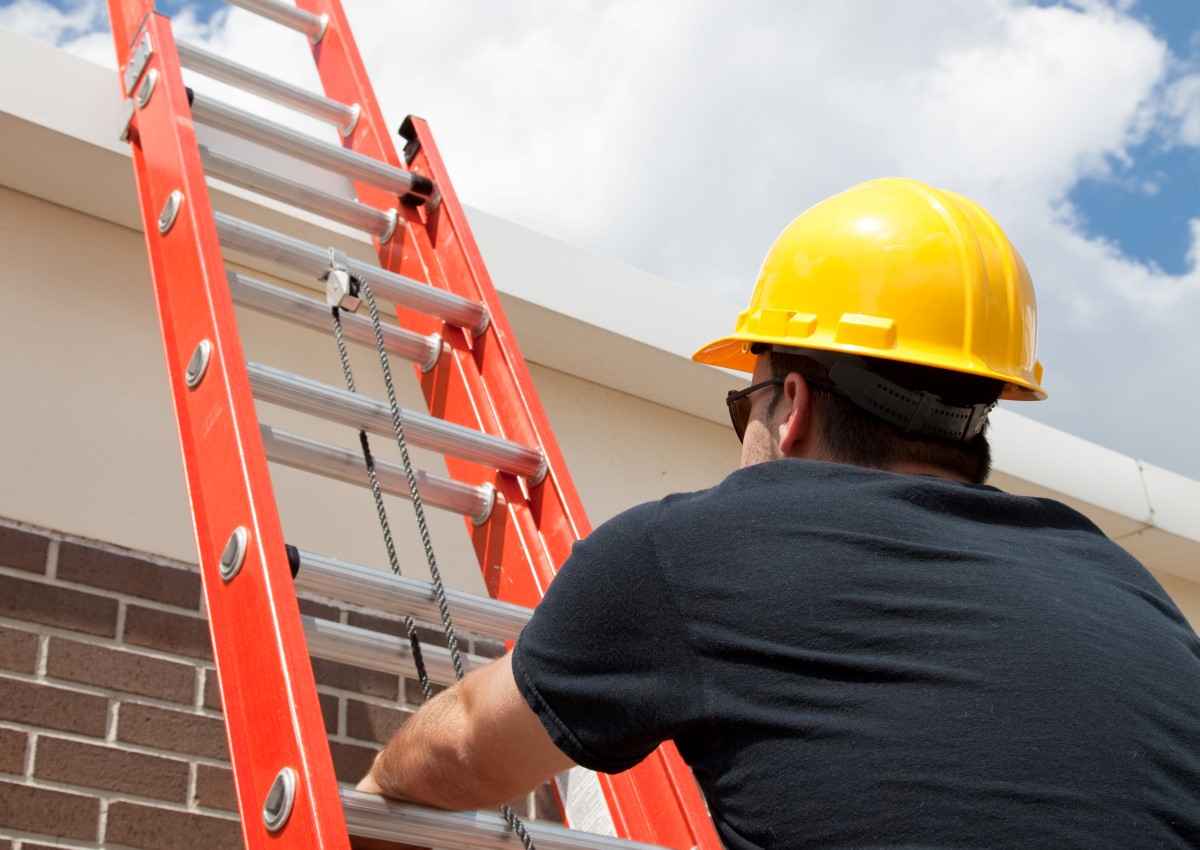
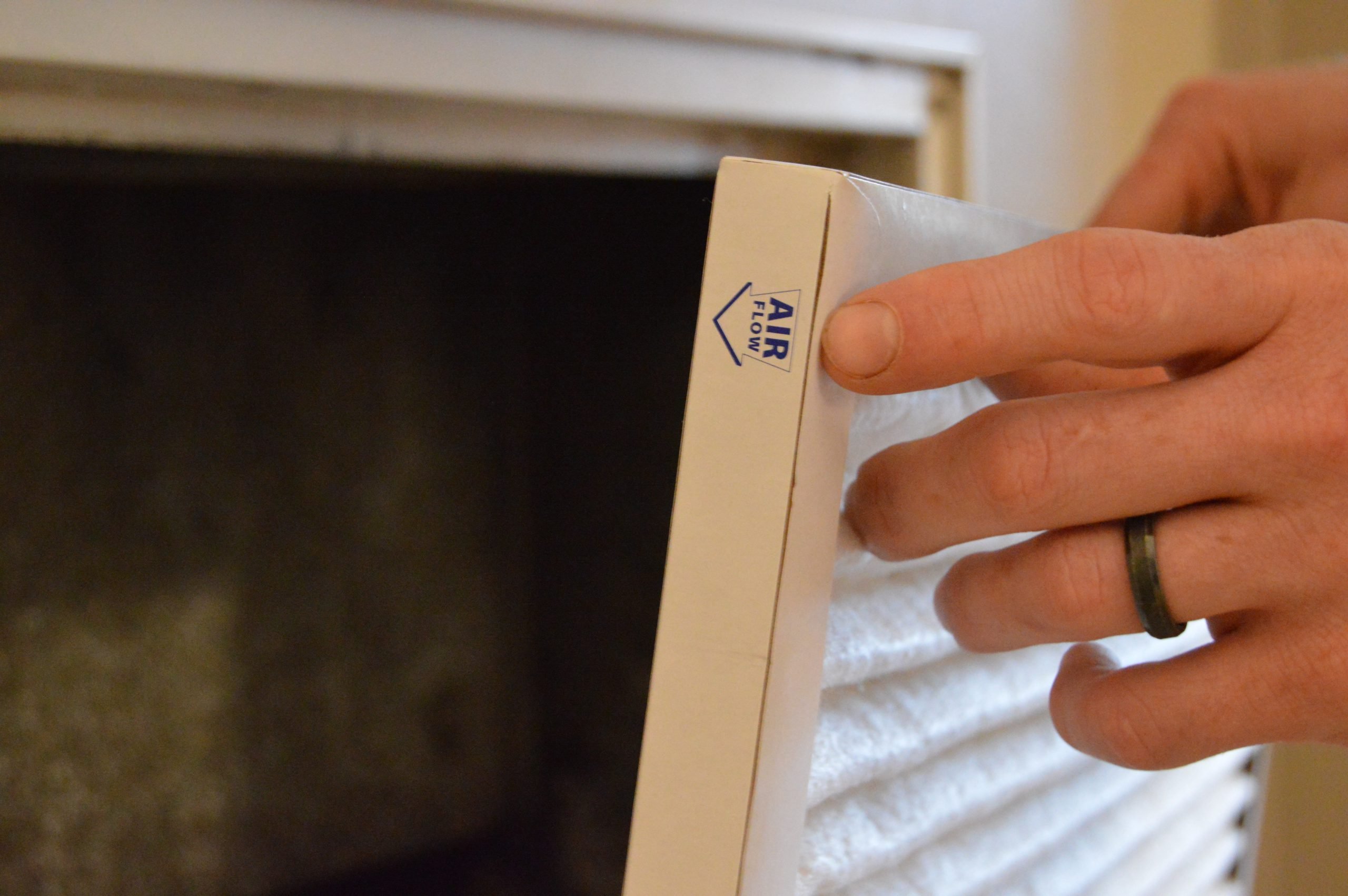
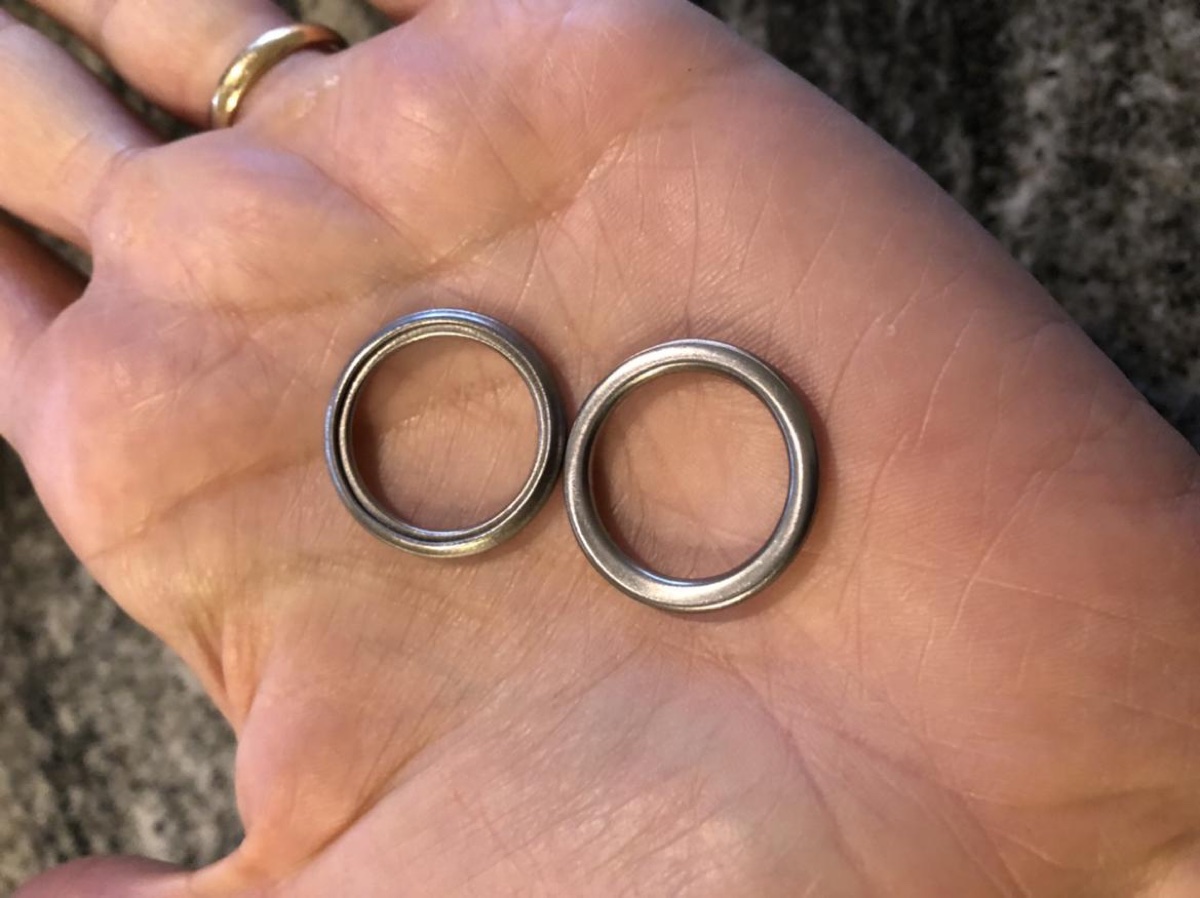
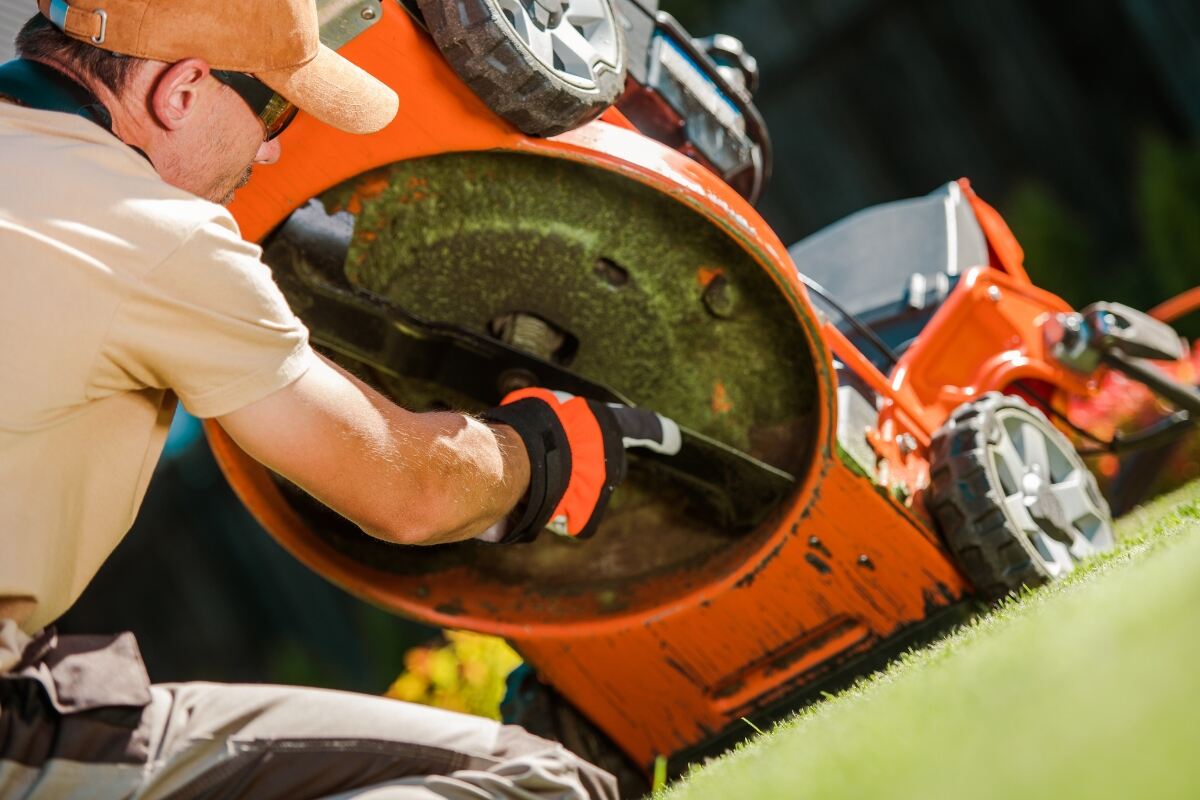
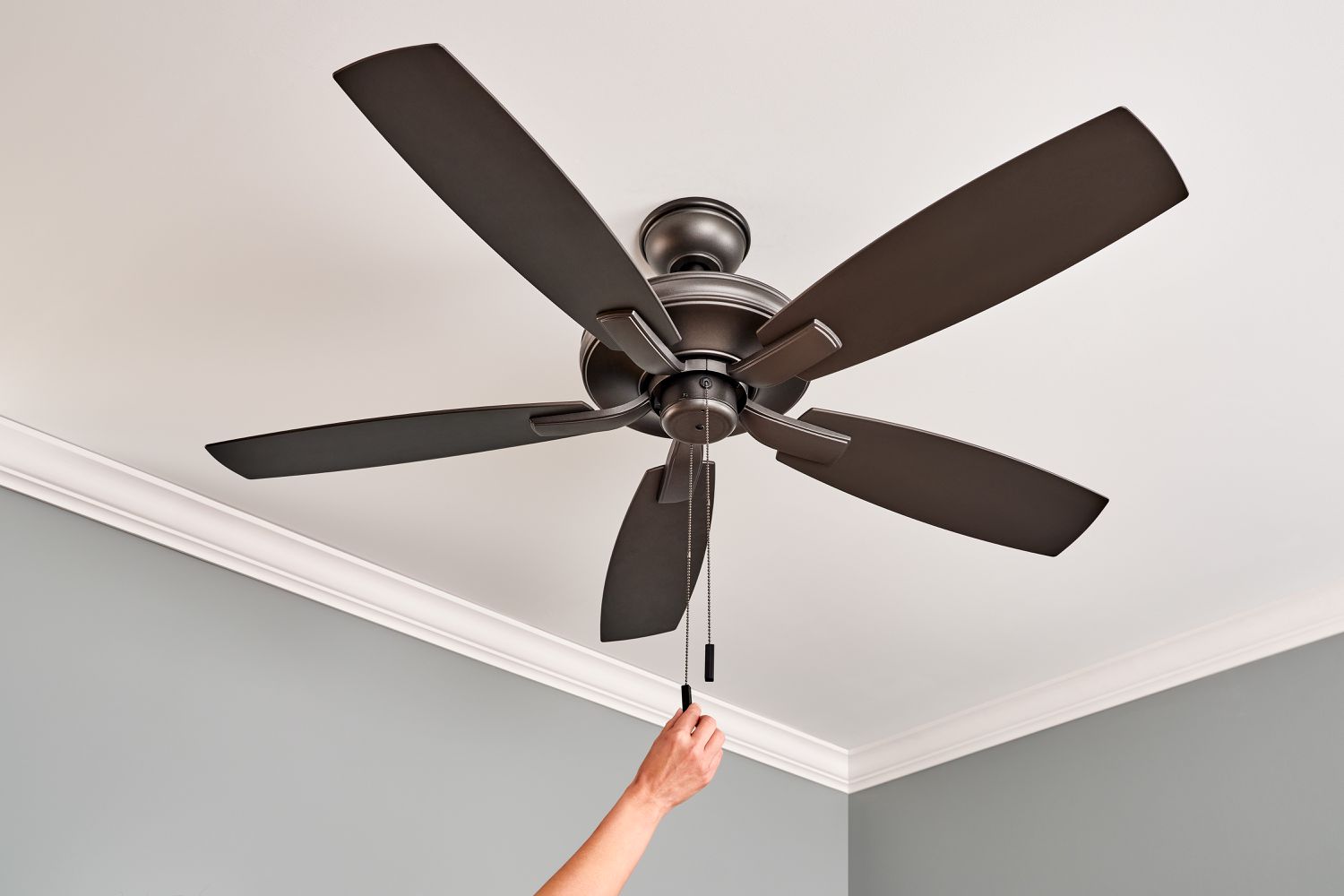
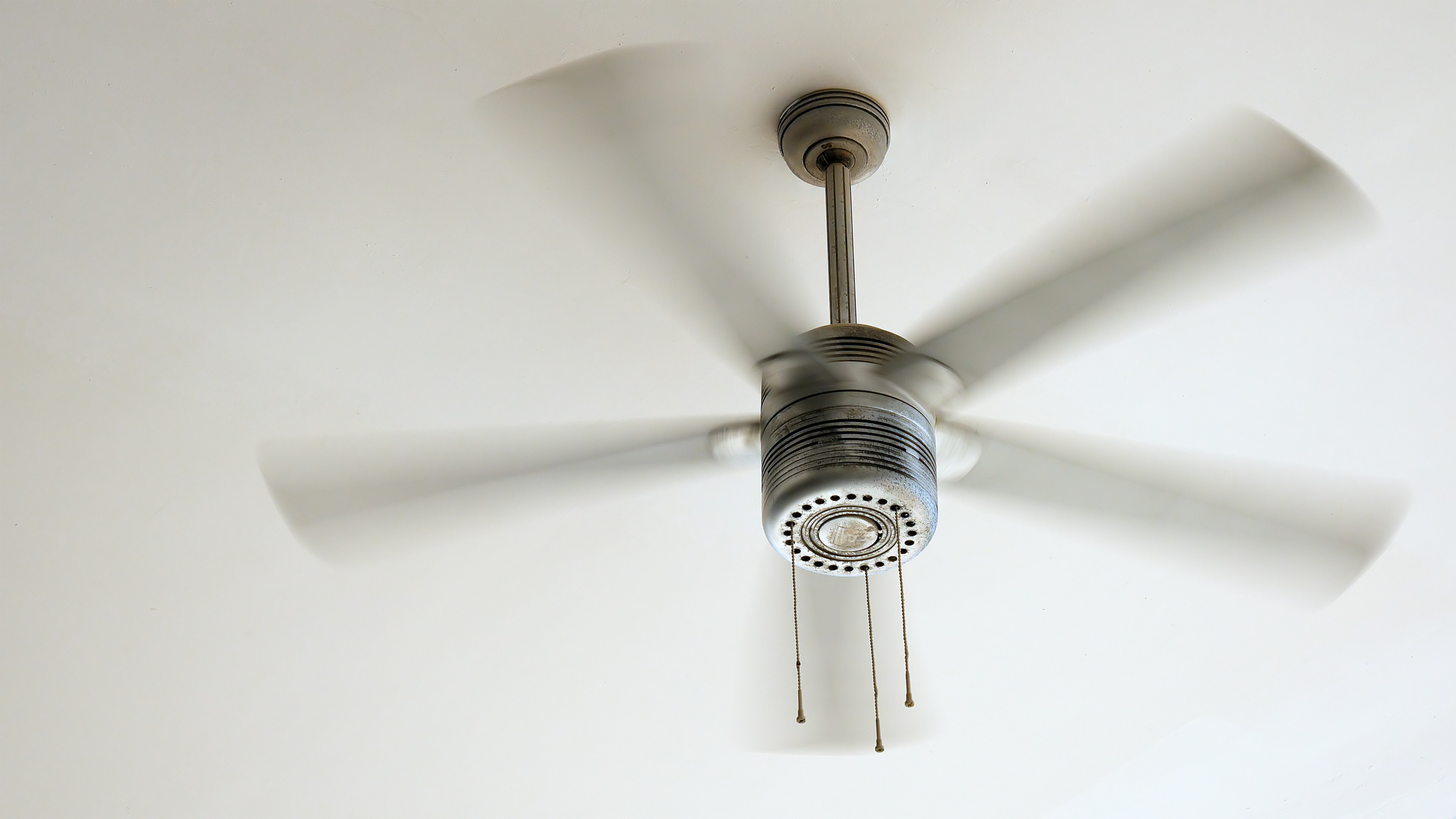

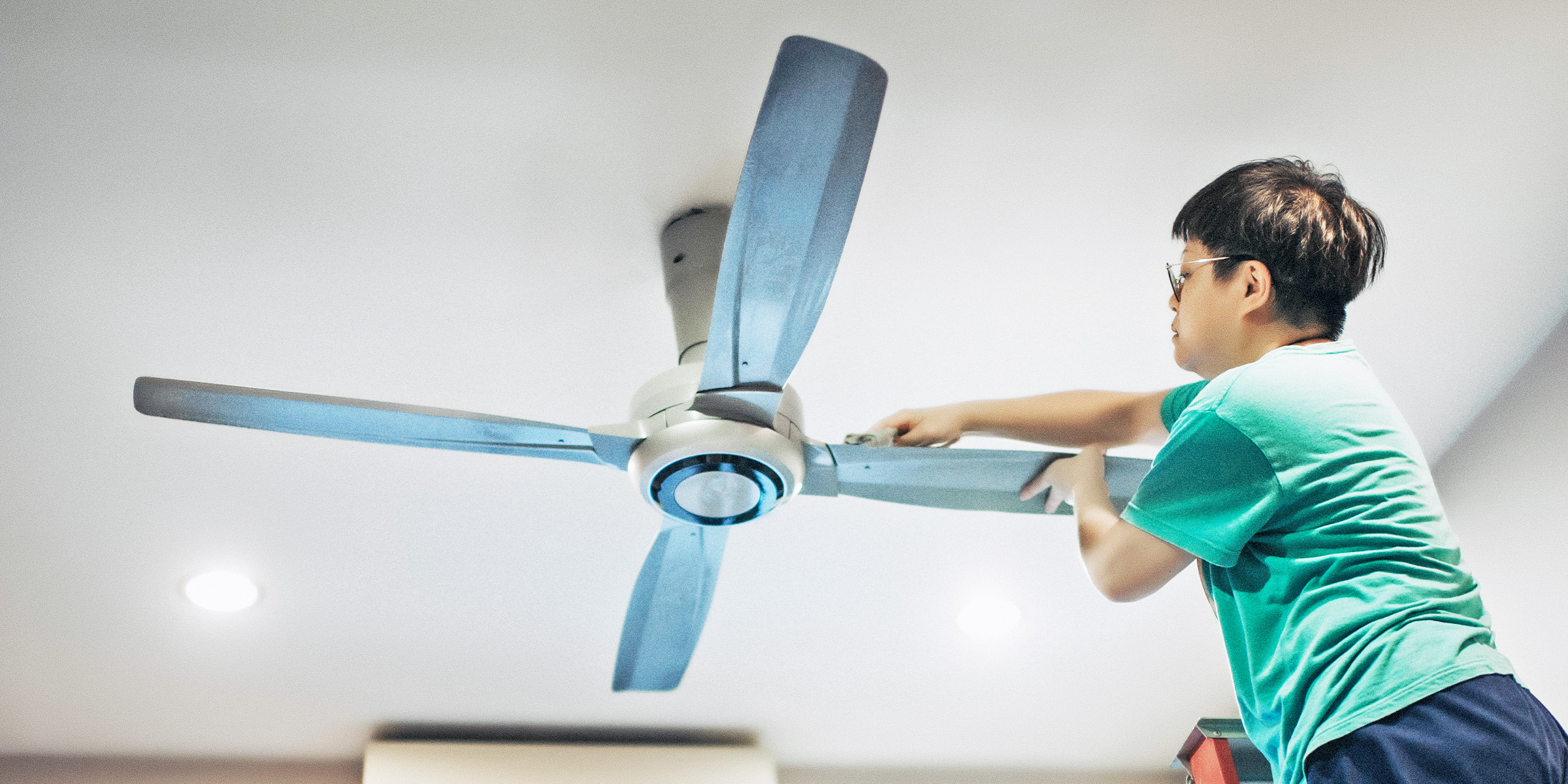

0 thoughts on “Which Way Does A Ceiling Fan Go In Summer”